With the end of the year approaching, I thought I would do a fun experiment for myself. This past year brought me many unexpected and all unplanned trips abroad to Europe or to Latin America. In each country or city that I visited, I had at least one spectacular dish. Often, I discovered a huge piece of the country’s history of war, colonization and immigration through a dish. I’d ask “How did something like this make it on the menu?” or “Why is there so much of that here, when it’s not native to this country?” I even learned the etymology of certain words, like “lukewarm,” by the ubiquity with which it showed up on menus (Lukewarm corned beef? No thanks. However, lukewarm used to mean warm or hot and in some countries, like Holland, it still does).
I have been able to incorporate some of the ingredients and dishes that I’ve encountered into my everyday cooking, but others were so foreign, I never thought of trying. With a little more than two weeks left in the year, I thought I’d honor the places I’ve been and people I’ve met by trying, for better or for worse, to recreate an easy dinner from each place.
At the end of January of this past year, the case I’ve been working on sent me to Amsterdam. Our client has corporate offices in the Netherlands and it was imperative that, with very little notice, I be there for an indefinite stay, which turned out to be eleven days. While my friends and family in New York were experiencing one of the mildest winters we’ve ever seen, Europe was experiencing the “big freeze,” the coldest winter recorded in over thirty years. As soon as I got off the plane I had to go straight to work. All of the pictures I have from this trip were taken from my blackberry, literally, on the run.
Tonight’s dinner is Ayam Bumbu Kuning, or Chicken in Yellow Herbs. It’s an Indonesian dish that I had at one of the many Indonesian and Surinamese restaurants that line the streets of Amsterdam. While I had plenty of traditional dutch soups and hearty meals, it was the Indonesian influence that intrigued me the most.
A little history that I found out through food: The Dutch East Indies were formed when the Dutch nationalized the colonies of the Dutch East India Company, which came under the administration of the Dutch government in 1800. After World War II, when Indonesia gained its independence, there was a mass immigration wave from the colonies, now know as Indonesia, bringing Indonesian dishes back to the Netherlands as an unintended, but fortuitous for me, consequence of repatriation.
In a lot of the recipes I’ve sought out, there are definitely parts that were lost in translation, i.e they will list the ingredients at the beginning of the recipe, then discuss new ingredients that were not on the list later in the same recipe (“Wait, mix in the tomatoe and galingale root? You didn’t say anything about tomato galingale root!”) I was also unable to get my hands on certain herbs and roots (turmeric root and leaves, galingale root, kaffir lime leaves), so after some research about taste and availability of substitutions, what I made tonight was an easy approximation of Ayam Bumbu Kuning or Chicken in Yellow Herbs.
The one recipe I was able to get my hands on is this (I made a paste out of these using the food processor):
Ayam Bumbu Kuning
500 grams shallots (I used about 3)
325 grams cloves garlic (Again, about 3)
150 grams fresh turmeric roots, toasted and scraped (No go, I used turmeric powder, about 2 tsps)
150 grams candlenuts, toasted (Skipped altogether)
100 grams ginger, scraped (About an inch)
100 grams galangal (optional)* (ha! Had to be optional–no go)
2 teaspoons white peppercorn (I used crushed coriander seeds just for fun)
2 – 2 1/2 teaspoons seasalt (or kosher salt)
Be extremely generous with all of the ingredients. I also added a lemongrass root because I’d seen it in other recipes and to make up for all that I did not have.
For later, you will need a few red chili peppers, a cut up tomato, basil leaves, bay leaves and I added a red bell pepper and half a cup of water.
Put four chicken legs in a pot with a little oil. Add the paste, then half a cup of water. Mix a little, then added 2 or 3 fresh bay leaves. Mix, then add the cubed tomato, then later the cut up red bell pepper and the basil leaves. Let cook for 20 mins. There you have it, Ayam Bumbu Kuning, aka, chicken in yellow herbs.
I served this beautiful and fragrant dish over a bed of rice. Rice is a staple for all classes in contemporary Indonesia and it holds the central place in Indonesian culture: it shapes the landscape, is sold at markets and is served in most meals, often for both dinner and dessert. Therefore, there is no shortage of rice in Amsterdam or Indonesian cuisine in Amsterdam. The Indonesians revere Dewi Sri, the rice goddess of ancient Java and Bali. Traditionally, the agricultural cycles linked to rice cultivation were celebrated through rituals, such as Seren Taun rice harvest festival, probably a little different from my home town’s onion festival (see onion post below).
This dish came out beautifully! It was gorgeous, easy, quick, fragrant, foreign and bursting with flavor! The turmeric lends the dish a very earthy flavor, while it’s also high in antioxidants and good for settling the stomach. The lemongrass, basil and coriander gave the dish a freshness and eastern taste that really transported me back to the Netherlands. The chili peppers gave it the kick to which I’ve become addicted and the rest of the flavors melded together in a way that left me wishing I knew how to make shrimp toast.
The Indonesian meals I had in Amsterdam all looked like the photo above in the boats, not necessarily the top one that I made. I won’t even dream of being able to do something like that, but I am proud that I could at least produce a tiny version of this wonderful, flavorful food. While there I also discovered some very wonderful Dutch gin to keep me warm and probably had a little bit of it every night before bed.
A little more about my trip: Mostly, my blackberry woke me up early enough to watch all of the Amsterdam workforce commute in by bike even in the snow. I would grab a light breakfast on my way to the train and then trek out to our local office about half an hour from the city. I would pray not to slip on the ice all over the stairs and roads and break my head. I would then work until well after dark, usually about 10pm or 11pm. The people who ran the office did not understand what these crazy New York lawyers were doing past 5pm. They reluctantly turned security of the office over to us because they had never really heard of working past 5pm or maybe 6pm.
The group of us would then take the train back to Amsterdam proper, go to any restaurant or bar that was open for dinner and I’d fall asleep watching Dutch or German television and then do it all again a few hours later when my blackberry woke me up. I thought I’d have time to get a run in at some point, but my only running was from the hotel to the train.
While there I became a bit of a coffee fiend. I was fighting off jet lag and the freezing cold. I also happen to love coffee, everything about it. While I limit myself to one or two cups a day, and usually none on weekends, I am very discerning when it comes to coffee. The coffee in Amsterdam gave me another education. One of the most common and popular Indonesian drinks and beverages is kopi (coffee). Indonesian households commonly serve kopi tubruk (coffee mixed with sugar and hot water and poured straight in the glass without separating out the coffee residue) to guests. Since the colonial era of Netherlands East Indies, plantations, especially in Java, were major producers of coffee, tea and sugar.
The coffee the Dutch serve is often black as tar, not too viscous, but thicker than water. It’s bitter, but not like espresso. It’s often bitter and sweet at the same time. When I asked my colleague “Is this good coffee or not? I can’t tell,” he responded, “Not particularly, but it’s better than American coffee for sure.” On that we both agreed.
After working like a dog for eleven days straight, I took half a day for myself before getting on the plane home, so I would not regret missing out on the sights. Where was my first stop? Yes, the grocery store. You can learn so much about a culture through its grocery stores. I then went to a toy store, a cafe, a restaurant, a book store and the Anne Frank museum, which moved me so much seeing it as an adult–I had been there once before as a teenager. They also added a whole part about Anne Frank”s mother, which for some reason resonated with me more. They have items from her wedding to Otto and I was planning my own at the time. That section broke my heart.
To cheer up, I took a walk on the frozen canals and joined in the fun that all of the Dutch were having. I took a tram to parts of town I’d never seen and then took a taxi back to the airport. I describe that business trip to Amsterdam as the best form of hazing a person could ever endure. It was a whirlwind of eleven to twelve hour days, jet lag, no exercise or free time, but it was beautiful. I became part of another country for eleven days, discovered new food, drinks, commuting with new people and realized how much of the world is out there to discover. Little did I know that this was only the beginning of an incredible year of travel.

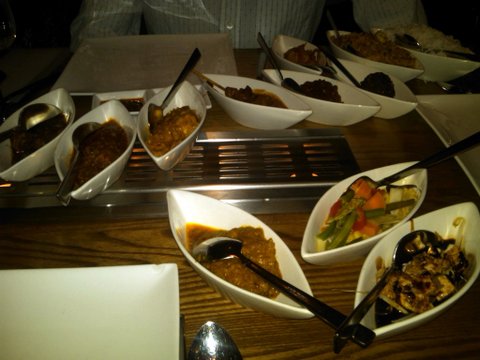
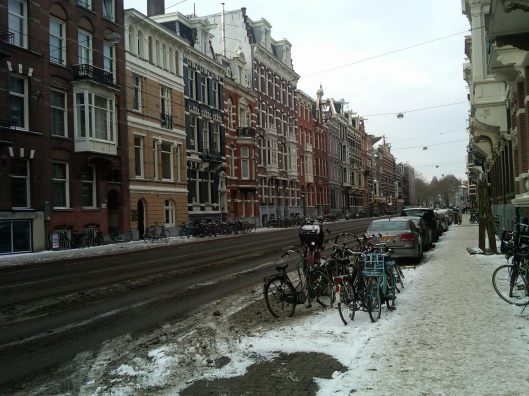
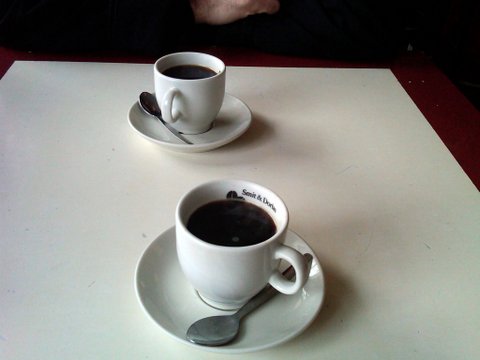

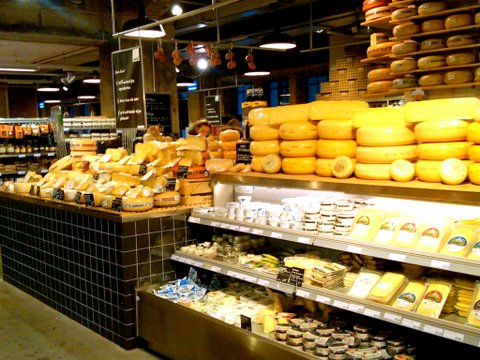

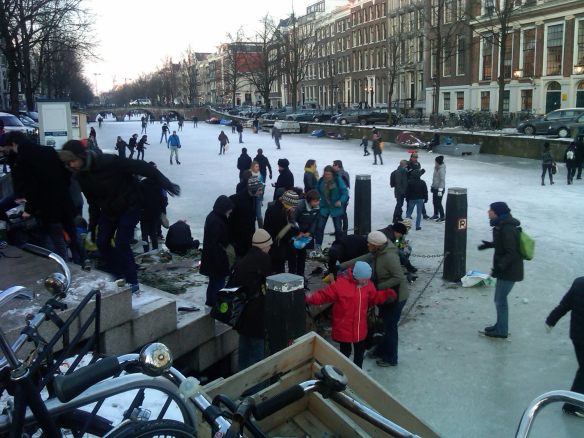
It’s very easy to find out any matter on web as compared to books, as I found this article at this web site.